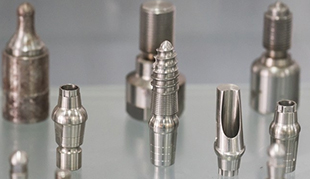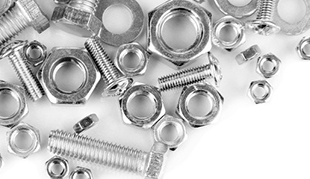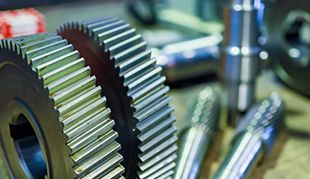Are There Any Size and Shape Restrictions on Metal Injection Molding?
Metal Injection Molding (MIM) has emerged as a revolutionary manufacturing process that combines the versatility of plastic injection molding with the strength and durability of metal materials. It has transformed the way intricate and complex metal parts are produced, offering significant advantages over traditional manufacturing methods. However, as with any manufacturing process, there are certain considerations and limitations to keep in mind, especially when it comes to size and shape.
The Basics of Metal Injection Molding (MIM)
Metal Injection Molding involves a multi-step process that starts with the formulation of a feedstock, which is a mixture of fine metal powders and a binder material. This mixture is then injected into a mold cavity under high pressure, creating a "green part." The green part is subsequently subjected to a debinding process to remove the binder material, and then it undergoes a sintering process where it's heated to a high temperature, allowing the metal powders to fuse together and form a dense, solid metal part.
Size Considerations in Metal Injection Molding
When it comes to size, MIM offers remarkable versatility. Small and intricate parts that might be difficult to manufacture using conventional machining processes can be easily produced using MIM. This process excels in producing components with complex geometries, tight tolerances, and intricate details. Parts as small as a few millimeters or less can be manufactured using MIM, making it suitable for applications such as electronics, medical devices, and micro-mechanical components.
However, while MIM is known for its capability to produce small parts, there are practical limitations to the size of parts that can be effectively manufactured. As the part size increases, challenges related to material flow, powder packing, and uniform heating during the sintering process can become more pronounced. Manufacturers must carefully analyze and optimize the process parameters to ensure that larger parts maintain the desired material properties and structural integrity.

Shape Complexity and Metal Injection Molding
The unique advantage of MIM lies in its ability to create intricate shapes that are often impractical or cost-prohibitive with other manufacturing techniques. The fluid nature of the feedstock allows it to flow into complex mold cavities, capturing intricate details and producing components with exceptional surface finishes.
MIM's shape limitations are often tied to the geometry of the mold itself. Undercuts, deep cavities, and features that are difficult to demold can pose challenges. However, advancements in mold design, tooling technology, and process simulation have significantly expanded the range of shapes that can be successfully manufactured using MIM.
Material Selection and its Impact
The choice of material also influences the size and shape capabilities of MIM. Different metal powders behave differently during the molding, debinding, and sintering stages. Some materials might have better flow characteristics, making them suitable for intricate designs, while others might have higher shrinkage rates during sintering, affecting the final dimensions of the part.
Manufacturers must work closely with material suppliers to select the appropriate metal powders and binder systems that align with the desired part size, shape, and mechanical properties.
In the world of manufacturing, Metal Injection Molding has opened up new avenues for creating complex metal parts with remarkable precision. While MIM offers great flexibility in producing small and intricately shaped components, there are still considerations and limitations related to size and shape. Manufacturers must navigate these challenges by optimizing process parameters, leveraging advanced mold design, and making informed choices about materials. As technology continues to advance, it's likely that these limitations will continue to be pushed, expanding the possibilities of what can be achieved through Metal Injection Molding.






